
If there was a spectrum that plotted the relevance of global contemporary-art fairs, Milan's MiArt would have, until recently, found itself wedged unhappily somewhere between tragic and nonexistent. That lowly status changed early this month, when the fair emerged from its insignificant slumber and strutted into town for its 2013 edition like a gleaming Bionic Woman.
Previously a gathering for Italian-only galleries specialising in the secondary modern-art market, the newly restructured, reedited and remanaged MiArt attracted 140 carefully selected galleries between 5 and 7 April in Milan. Broadening itself to design as well as contemporary art, the fair also lured 61 international galleries and activated the city's public and private art institutions for the three-day event.
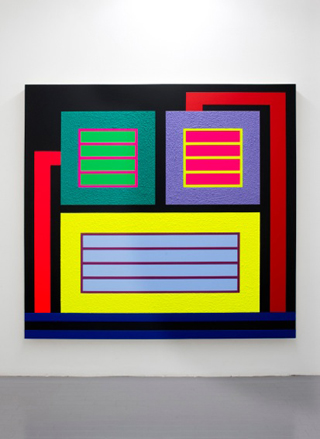
The man who hit this restart button is the young, plucky Vincenzo de Bellis, cofounder and codirector of the city's influential Peep-Hole art centre. Though he's helmed the hottest art hub in Milan for the past three years, the short, bespectacled de Bellis looks more like a science geek than the too-cool-for-school art player he is. MiArt needed brains and brawn and got both, signing de Bellis for a three-year run.
'The proposal he put forth to us was light years beyond the other two candidates we were looking at,' says Emanuela Forlin, MiArt's exhibition manager. 'He not only understood the weaknesses of MiArt but provided sound ideas for solving them.'
'It was very clear that MiArt wasn't working because it was being managed like a trade show,' says de Bellis, citing the secondary-market focus of the 18-year-old fair. 'That's not how art works. In art, collectors are very much present, not just vendors. And you want exclusivity. Big numbers don't count. Quality does.'
Italy has a three-city axis of art fairs to contend with: Bologna, which has always been geared to the antique market, and Turin's Artissima, which is a well respected contemporary-art fair. Milan was lost in the middle and exclusively Italian - the very first existing tenet that de Bellis toppled.
'Not only is the Italian system in crisis at the moment, but it's also too small,' he says. 'You can't generate business.'
De Bellis wanted to bring a buzzy, contemporary aspect to the fair, but at the same time maintain its modern-art roots: 'I don't think Milan can ever leave its modernist past. I want to remember what was done in those years.'
To properly revitalise the fair, he wrangled a young, influential, international team of deputies, many of whom were contacts from Peep-Hole. The curatorial responsibilities were divided into four sectors: Established (contemporary and modern art galleries); Emergent (young artists); THENnow (pairings of artists from different generations); and Object (modern and contemporary design).
Mousse, the edgy Milan-based art-house magazine, created a new brand identity for the show while architect Martino Berghinz designed the space. A board of advisors composed of well-known gallerists like London's Laura Bartlett, Paris's Michele Casamonti and Berlin's Micky Schubert acted as fairy godparents for the fair's contemporary sector, as did an honorary committee of major collectors and dealers like New York's Marty and Rebecca Eisenberg and London's Carl Kostyal.
To top it all off, lectures organised by Alessandro Rabottini brought in heavy hitters like Carsten Höller and Paola Antonelli, architecture and design curator at MoMA. De Bellis also roped in Trussardi and Prada, two Italian fashion brands with high-level contemporary-art foundations. Trussardi chose to conduct its annual full-scale exhibition during the fair, colonising Milan's Teatro Artsenale each night for live concerts and experimental theatre. Prada, meanwhile, conducted private tours of its in-progress foundation home, currently being built by Rem Koolhas.
'There are lot of great galleries in Milan, a lot of local collectors, and there are some great institutions here,' says Mousse's Carlotta Poli. 'What was missing, up until now, was a network for it all. Someone to pull it all together.'
De Bellis served as a sort of city-wide orchestrator, ensuring the schedule allowed visitors to congregate at the same events at the same time. This was the first year, for example, the city's leading public and private art institutions took part in the fair. PAC, Galleria d'Arte Moderna, Museo del Novecento, Palazzo Reale, Triennale di Milano, Hangar Bicocca, Fondazione Castiglioni and Fondazione Portaluppi all hosted special events and exhibits.
In many ways, the fair's newly stratified, multidisciplinary approach mimics the activity of Peep-Hole, de Bellis's art-world first born. Founded in 2009 by de Bellis with Bruna Roccasalva, Anna Daneri and Stefania Scarpini, it is privately funded and operates unlike any other gallery or institution in Italy. Its exploratory, experimental content is never for sale, except during sporadic fundraising exhibits, when artists donate work for the specific purpose of ensuring the space's survival. Profits from the first benefit show, entitled 'Thanksgiving', funded Peep-Hole for the following 18 months.
'Forty years ago the Artists Space and White Columns operated with the exact same logic,' says de Bellis, who earned his master's degree from New York's Center for Curatorial Studies at Bard College before returning to Italy to curate at several institutions, including Bergamo's GAMeC, Bolzano's Museion and Rome's Fondazione Pastificio Cerere.
'I was interested in alternative ways and spaces - especially in a country like Italy, where these things do not exist. In Italy you have completely private foundations or public museums. The latter are funded 100 percent by public funds, and in this moment there aren't any.'
His strategy worked. Not only was the nonprofit Peep-Hole able to self-finance, but it also, quite unintentionally, created a massive wave of underground buzz. Artists like Francesco Vezzoli, Giulio Paolini, Alberto Garutti, Jimmie Durham and Gabriel Kuri gladly sent over works for the fundraisers, where it sold for 300 to 15,000 euros without art-dealer interlopers.
'The idea is that you put the community to work,' says de Bellis, who has received 103 donated works in three years and rarely receives a 'No thank you'. 'We've received four phone calls from important museums in Italy asking how we managed to do this.'
Out-of-the-box thinking made the 35-year-old a prime candidate for the MiArt organisers. 'He's young, dynamic and represents the future in the world of art,' says Forlin. He's also well-connected to the younger generation, including the Mousse team, which publishes the Peep-Hole Sheet, a quarterly magazine of artist writings that MoMA included in its 'Millennium Magazines' exhibit last year.
The cross pollination of trendy youth helped convince many galleries to add another fair onto their already packed schedules. 'The fair calendar is so oversubscribed now, it feels like there's one a week,' says Andrew Bonacina, the 30-year-old curator of the International Project Space in Birmingham, who was charged with rounding up 20 avant garde galleries for the fair's Emergent sector. 'But this fair has a curatorial vision, with each section driven by the vision of one person, which was very exciting to me.'
'Vincenzo has a lot of credibility, both here and abroad,' adds Alessandro Rabottini, curator of the Talks programme. 'It's hard to believe that last year barely any of the best Milan galleries even participated in MiArt. Now, they're all here.'
Receive our daily digest of inspiration, escapism and design stories from around the world direct to your inbox.
JJ Martin
-
 Winston Branch searches for colour and light in large-scale artworks in London
Winston Branch searches for colour and light in large-scale artworks in LondonWinston Branch returns to his roots in 'Out of the Calabash' at Goodman Gallery, London ,
-
 The most anticipated hotel openings of 2026
The most anticipated hotel openings of 2026From landmark restorations to remote retreats, these are the hotel debuts shaping the year ahead
-
 Is the future of beauty skincare you can wear? Sylva’s Tallulah Harlech thinks so
Is the future of beauty skincare you can wear? Sylva’s Tallulah Harlech thinks soThe stylist’s label, Sylva, comprises a tightly edited collection of pieces designed to complement the skin’s microbiome, made possible by rigorous technical innovation – something she thinks will be the future of both fashion and beauty
-
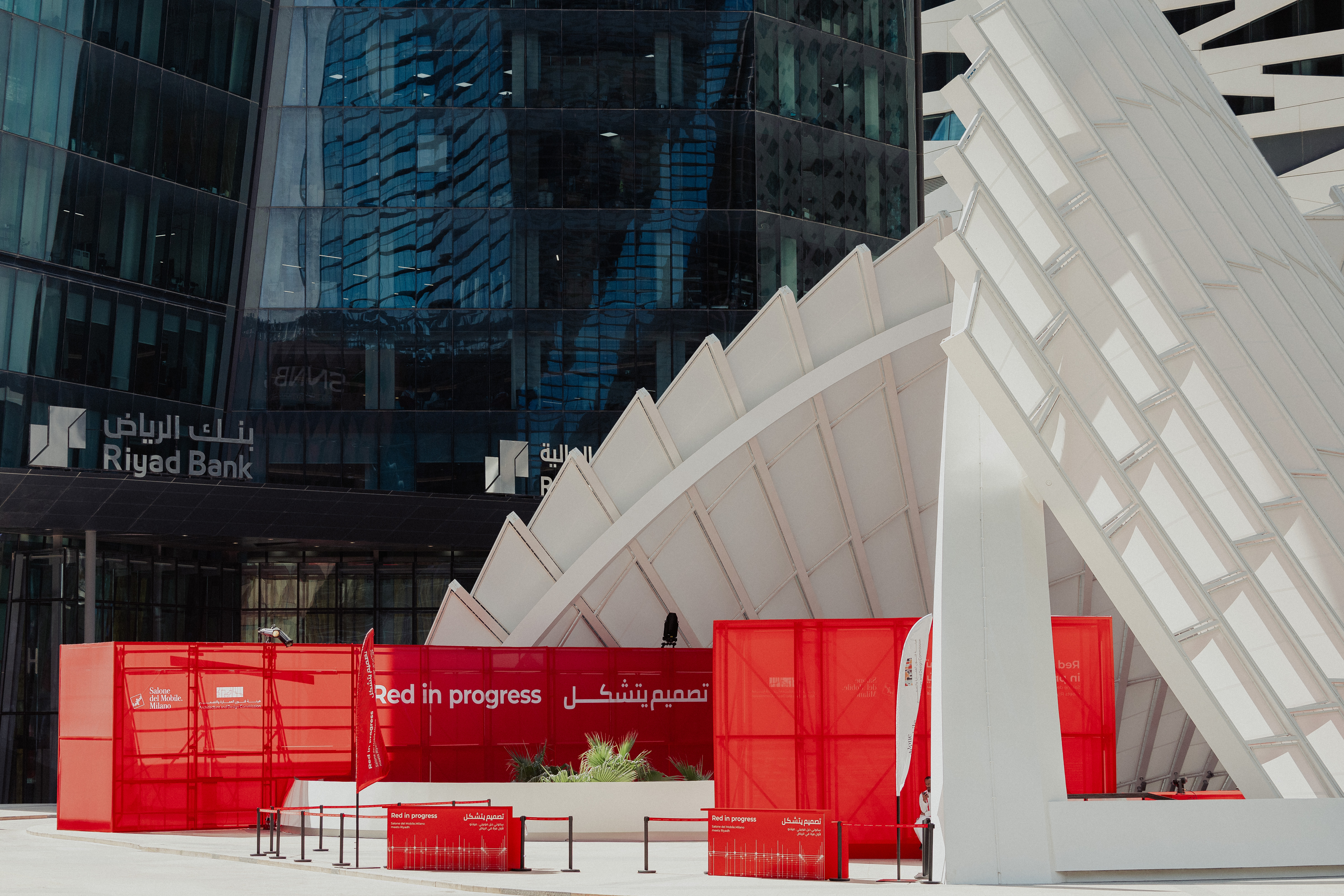 ‘Locally anchored and globally conversant’: Salone del Mobile debuts in Saudi Arabia
‘Locally anchored and globally conversant’: Salone del Mobile debuts in Saudi ArabiaSalone del Mobile lands in Riyadh (26-28 November 2025), bringing its creative and manufacturing know-how to one of the world’s fastest-growing markets and setting the stage for Italo-Saudi design relations
-
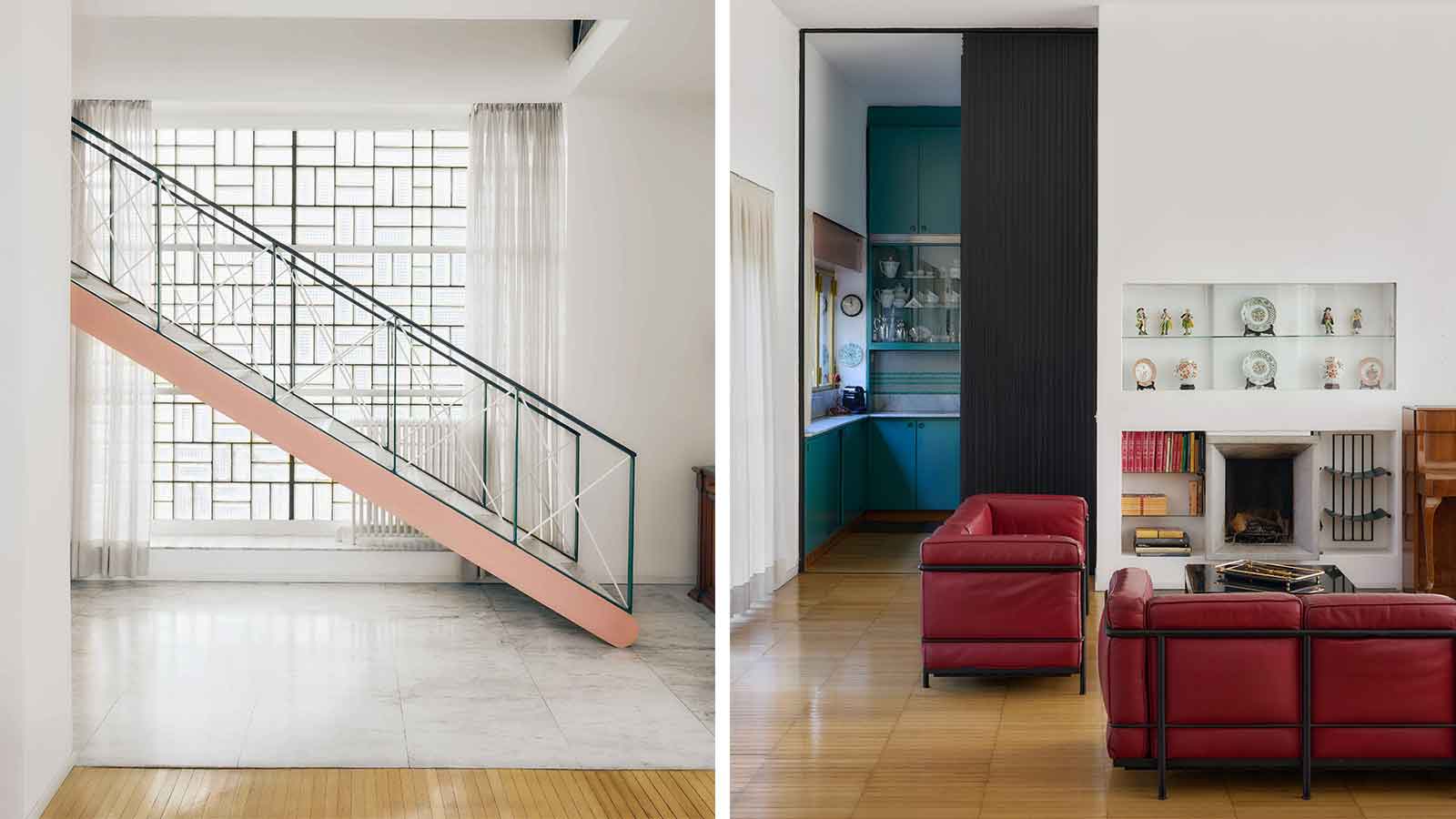 Alcova 2026 locations include a Rationalist gem and an abandoned church
Alcova 2026 locations include a Rationalist gem and an abandoned churchAlcova returns for an 11th edition in 2026 (20-26 April), once again opening up two exclusive Milanese locations, the Baggio Military Hospital and Franco Albini's Villa Pestarini
-
 Salone del Mobile 2026 will embrace collectible design with Salone Raritas
Salone del Mobile 2026 will embrace collectible design with Salone RaritasSalone del Mobile has Salone Raritas, a new exhibition space at the fair (21-26 April 2026), curated by Annalisa Rosso and designed by Formafantasma
-
 O Milano! Design's epic annual spectacle in photos
O Milano! Design's epic annual spectacle in photosCall us biased, but we believe that Milan Design Week is, at this moment in time, the greatest show on earth
-
 ‘Romantic brutalism’ rethinks Polish craft
‘Romantic brutalism’ rethinks Polish craftAn exhibition in Warsaw gives local makers their due, looking inside the burgeoning world of Polish design
-
 Eight designers to know from Rossana Orlandi Gallery’s Milan Design Week 2025 exhibition
Eight designers to know from Rossana Orlandi Gallery’s Milan Design Week 2025 exhibitionWallpaper’s highlights from the mega-exhibition at Rossana Orlandi Gallery include some of the most compelling names in design today
-
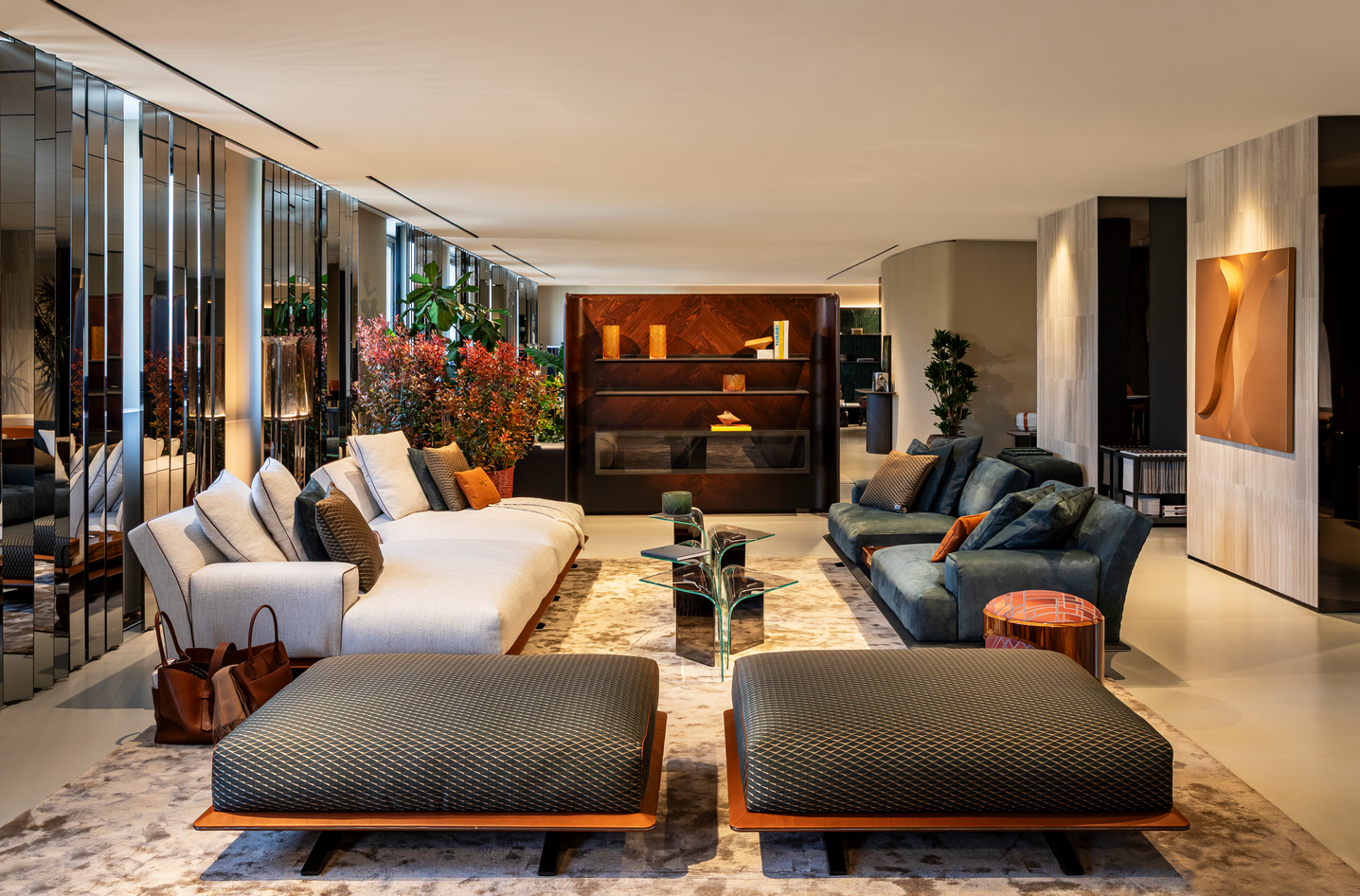 Bentley’s new home collections bring the ‘potency’ of its cars to Milan Design Week
Bentley’s new home collections bring the ‘potency’ of its cars to Milan Design WeekNew furniture, accessories and picnic pieces from Bentley Home take cues from the bold lines and smooth curves of Bentley Motors
-
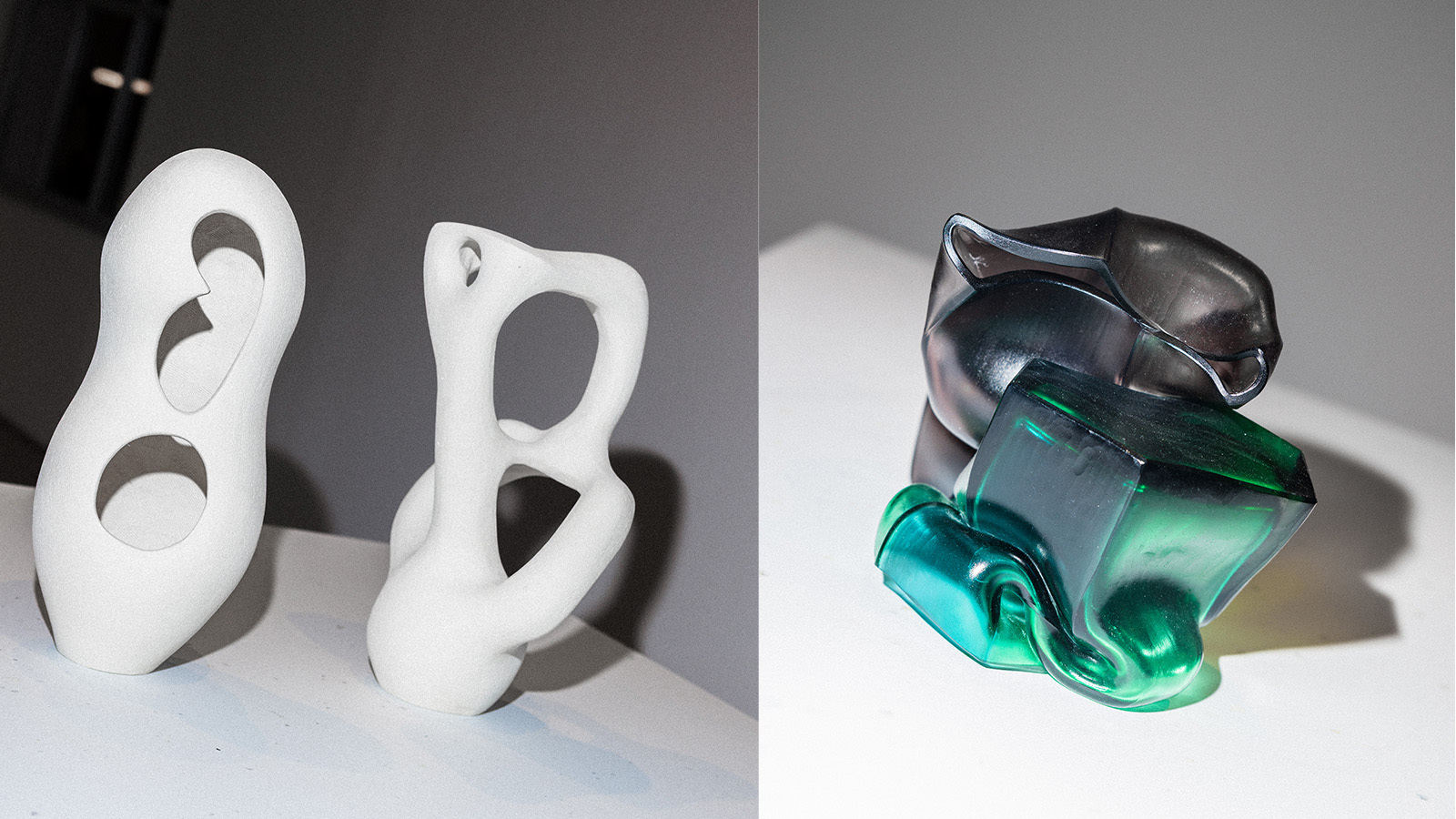 StoneX partners with Wallpaper* for material alchemy at Milan Design Week and beyond
StoneX partners with Wallpaper* for material alchemy at Milan Design Week and beyondThe natural stone purveyor teams up with Wallpaper* for a three-year partnership of material adventures, starting with an exhibition at Triennale di Milano